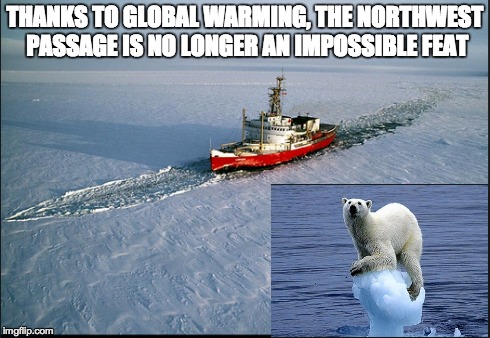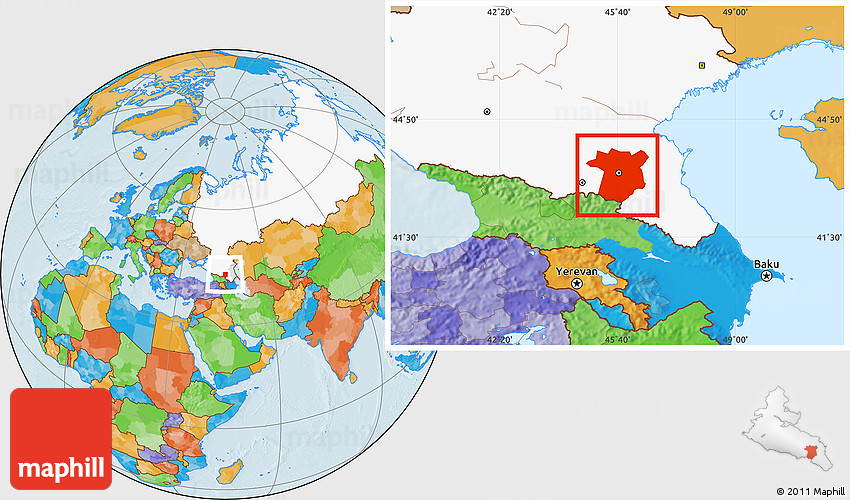
The largest country in the world by landmass, Russia’s geopolitics is of a diverse quality. Russia is a landmass/subcontinent that unites Europe with Asia & spans 2 oceans as well as 3 seas. While the fall of the Soviet Union left Russia a much diminished geopolitical power compared to the US, it has been recently regaining its stature in its surrounding regions due to the rise of nationalism in the country & a hawkish president.
From
to
To get a better understanding of the dynamics of Russias current geopolitical power, we will go through its different external (meaning outside the political Russian boundary) zones of interest around the world first, then briefly over its internal geopolitics.
Europe
Russia has a great advantage when it comes to the European Union due to the fact that a majority of petroleum imports to the E.U comes from Russia (26%). Given this factor, putting sanctions on Russia would hurt the E.U more than it would Russia. Thus, the actions taken against Russia by the E.U remains weak, making the E.U less of an adversary.
The Black Sea
Russia’s recent invasion of Crimea not only is the result of recent nationalistic surges in the country, but also Russias lack of ports. Since Russia is mostly a landlocked country, in order to participate in trade, it refrains from going through the E.U due to customs enforcement in the E.U countries. Therefore, in order to placate the Russian people as well as gain access to a warm water port to decrease reliance on the E.U, Russia seized Crimea from Ukraine.
The Baltic

Returning to the lack of Russian trade ports, one of Russias major warm water ports is present in this region, particularly, St. Petersburg. Since St. Petersburg is one of the true Russian ports (unlike the annexed Crimea), St. Petersburg has a dominance in the Baltic as, a majority of the Baltic as well as the Scandinavian countries have strong trade relations with Russia as well as get most of their energy from Russia. However, over the last few years, concerns have grown over Russian interference in the country & possible rumors of Russia wanting to undermine the sovereignty of the different countries surrounding the Baltic Sea by using the Russian minorities in these counties as well as internet propaganda to increase Russian presence in the country. In addition, Russia has also increased the number of fighter jets over this particular region of the country along with-

Arctic Sea & Northwestern Passage

As Global Warming continues, the Arctic Ice melts bringing the myth of the “Northwestern Passage” to life. As this event occurs, Russia as well as Canada & the US have displayed interest in the region. Russia has one of the largest land masses in the Arctic Ocean making it a key player in the creation of this new Northwestern Passage.
While these were the main external geopolitical spheres of influence for Russia, the size of the country brings with it some complications itself, for example-
The Russian Caucuses-
The Russian Caucuses have been a separations region in Russia going back to the Chechen demands for independence. Russia soon went to suppress the movement.

Western Russia-
Russia has very little arable land & most of it lies west of the Ural Mountains making it where the majority of the people live & is where most of the political power is held.
Siberia-
East of the Ural Mountains is Siberia. Not a lot of people live here due to its unarable land but the land is important to Russia due to its richness in natural gas, oil & natural resources.
Southern Siberia-
Since southern Siberia is close to Central Asia, there is a considerable population of muslim Turkic people. This minority has been badly treated in Russia as whole.
